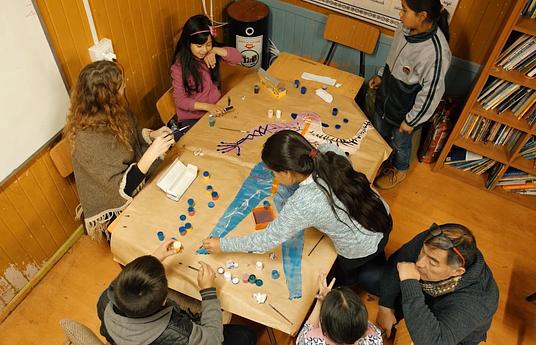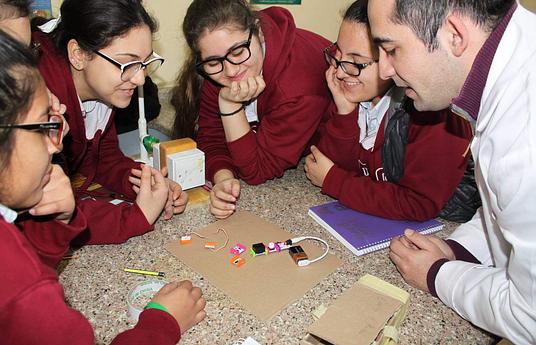Youth from favelas of Florianópolis have no opportunity to integrate into society and the knowledge economy. At the same time, tech sector companies face an acute shortage of qualified labor. These same youth lack access to educational opportunities that could support their development, being relegated to underemployment or informality. We created Pode Crer to break this vicious cycle.
Pode Crer happens across 3 educational tracks for different ages (11-14, 14-17, 17+). The main component of the program are workshops that happen over classes four times a week. Each workshop has around 20-25 students and approaches a blend of topics on technology, civics and leadership. In addition the basis curriculum, there are several activities that students can participate which include:
Field trips to companies, educational institutions and civic organizations;
Advanced technology classes twice a week on ML and web design;
Robotics teams that compete in the First Lego League;
Arts classes an extra day a week;
A social innovation hackathon, in partnership with local technology companies;
The pedagogical emphasis is on socio-emotional development, and on developing youth skills in technology, civics and leadership in an integrated fashion and with project based learning.
Since 2021, Pode Crer has impacted over 1,000 students, with around 25% accessing universities and the qualified job market. This success nurtures a sense of belonging among youth—most of whom are Black—empowering them to contribute to their communities. With the creation of the first Social Innovation Center in the favela, Pode Crer will scale its innovative educational methodology, expanding its capacity to train 500+ students annually. Moreover, Pode Crer is a replicable model of social transformation, with an adaptable approach that enables other organizations to implement similar initiatives, multiplying its impact. This focus on scalability and inclusion highlights Pode Crer’s potential to drive systemic change, addressing educational and workforce challenges.
If Pode Crer sounds right to you, write to tainara@redeivg.org.br and let's begin talking about how the program structure can be adapted to your reality.



